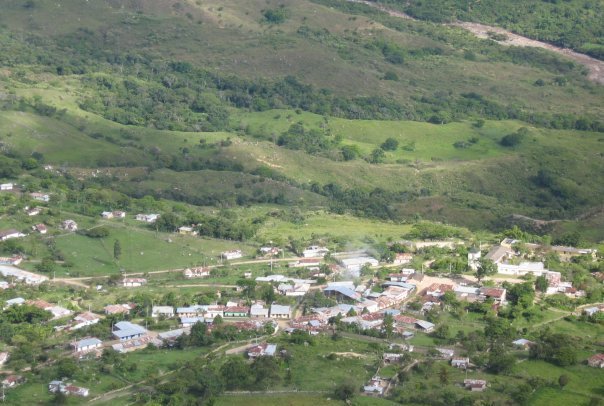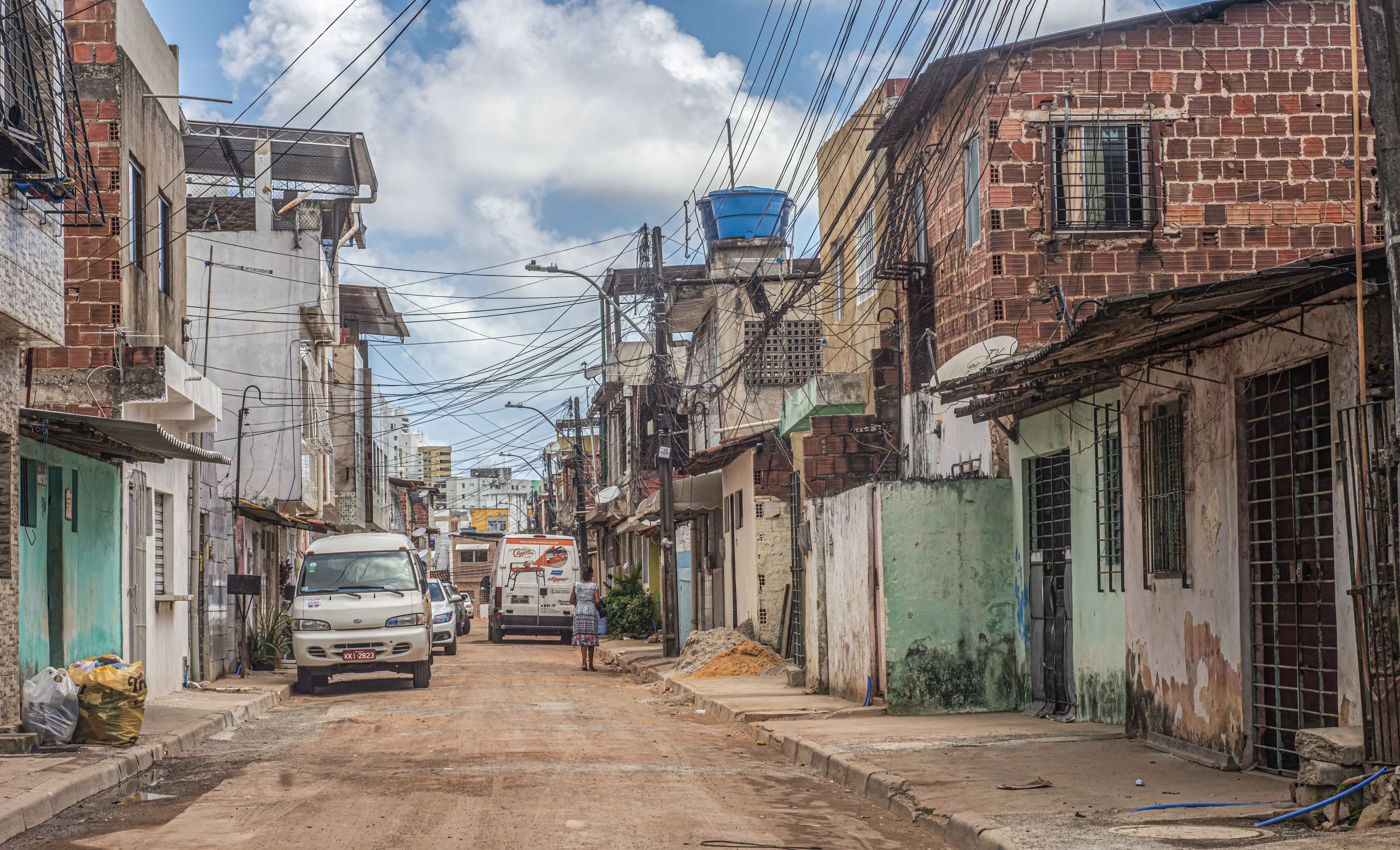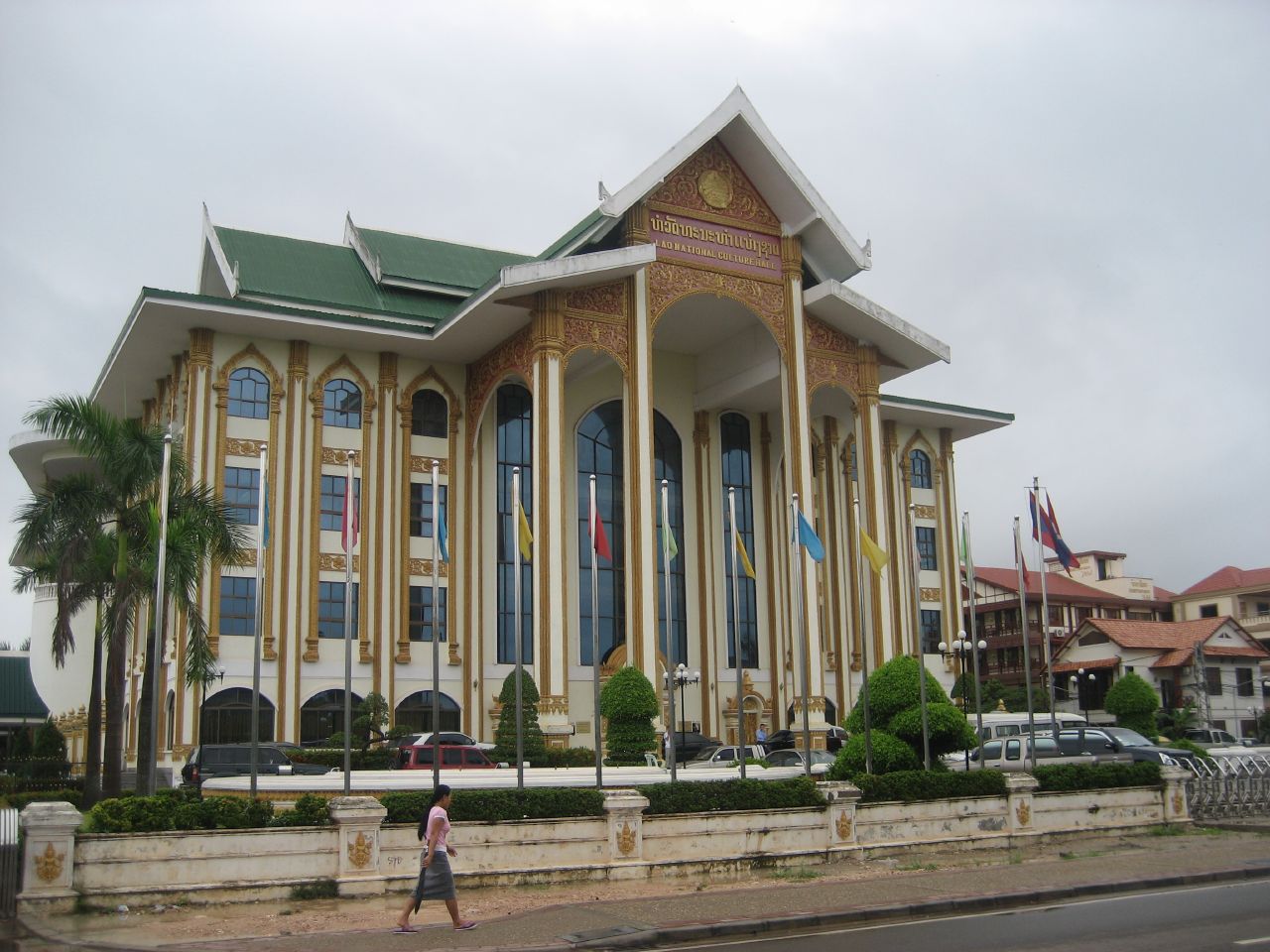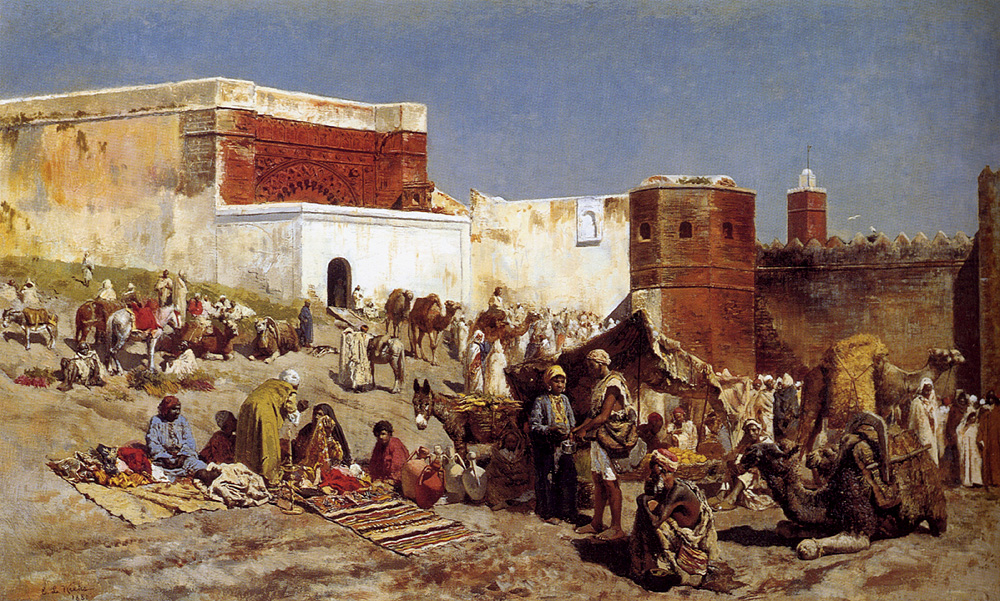China

In the vast expanse of China, English speakers are a rare find. With over 1.3 billion residents, only about 10 million are proficient in English. Major cities like Beijing and Shanghai offer some respite, but venture into rural areas, and you’ll find Mandarin reigns supreme. The intricate Chinese characters add another layer of complexity, making even basic tasks like reading signs a challenge. To truly connect, learning key Mandarin phrases is invaluable. Embrace the tonal nuances, and you’ll unlock a richer, more authentic experience.
Colombia

Colombia’s vibrant culture and stunning landscapes are matched by its linguistic landscape. Less than 10% of Colombians speak English, making Spanish the undisputed lingua franca. Even in bustling cities like Bogotá and Medellín, English speakers are scarce. To navigate the colorful markets, savor local delicacies, and dance to the rhythms of cumbia, a grasp of Spanish is essential. Engaging with locals in their native tongue opens doors to genuine connections and hidden gems.
Brazil

Brazil, the land of samba and sun-kissed beaches, predominantly speaks Portuguese. English proficiency is limited, with only about 5% of the population fluent. In tourist hotspots like Rio de Janeiro, you might find English speakers, but in the heart of the Amazon or the historic streets of Salvador, Portuguese is key. Learning basic phrases not only aids in communication but also shows respect for the rich Brazilian culture. Plus, it enhances your experience, from ordering the perfect caipirinha to understanding the lyrics of a soulful bossa nova tune.
Russia

Russia’s vast landscapes are mirrored by its linguistic diversity. While many Russians study English in school, it’s not widely spoken in daily life. In cities like Moscow and St. Petersburg, you might find English signage, but the average person may not be fluent. The Cyrillic alphabet adds another layer of intrigue, making navigation a delightful puzzle. Arming yourself with basic Russian phrases and a sense of adventure will transform your journey into a cultural immersion.
Laos

Nestled in Southeast Asia, Laos offers serene landscapes and a tranquil pace of life. However, English speakers are few and far between. The official language, Lao, is the key to unlocking the country’s charms. In rural villages and even in the capital, Vientiane, communication can be challenging without some knowledge of Lao. Embracing the local language allows for deeper connections, whether you’re exploring ancient temples or sharing a meal with a local family.
Morocco

Morocco’s bustling souks and historic medinas are a feast for the senses. Arabic is the primary language, with French also widely spoken due to colonial history. English, however, is not commonly used. To fully experience the magic of Marrakech or the coastal charm of Essaouira, learning basic Arabic or French phrases is immensely helpful. It not only facilitates smoother interactions but also enriches your understanding of the country’s rich heritage.
Embarking on journeys to these destinations challenges you to step out of your linguistic comfort zone. While it may seem daunting, the rewards are immeasurable. Engaging with locals in their native language fosters genuine connections and offers insights into cultures that remain hidden to those who stick to English. So, pack your phrasebook, embrace the unfamiliar, and let the world surprise you.




